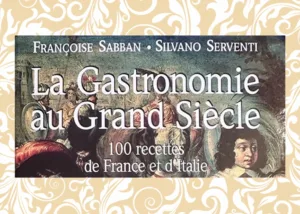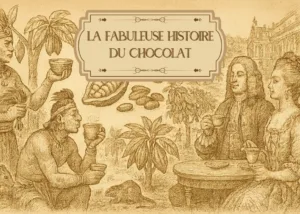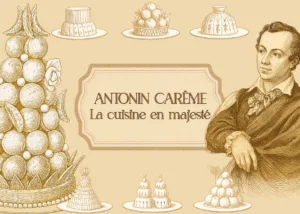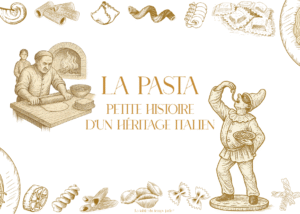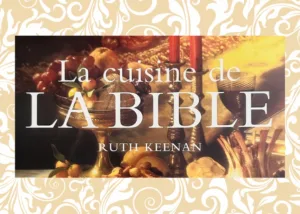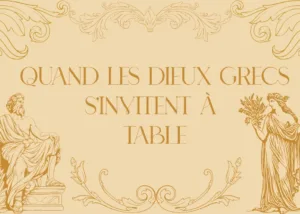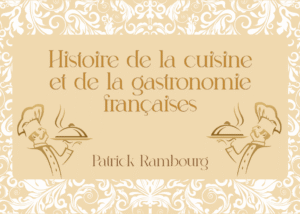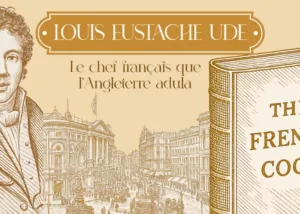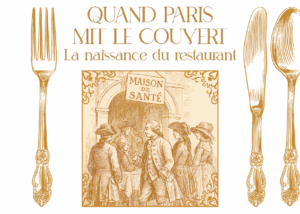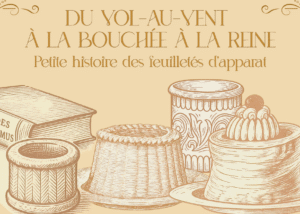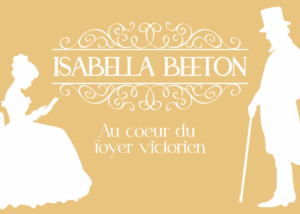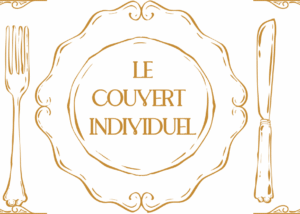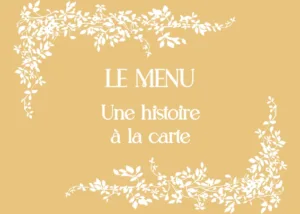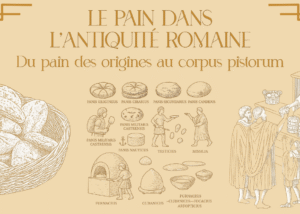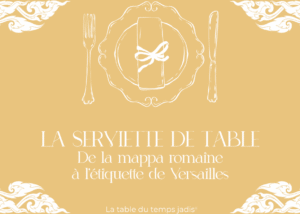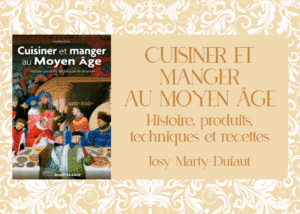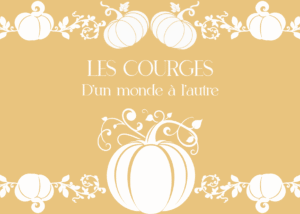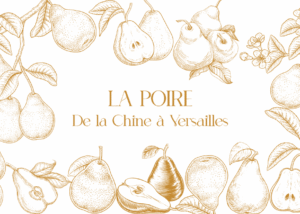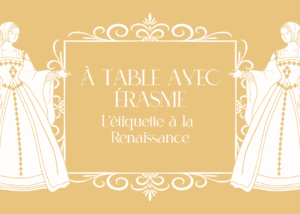Chocolate kakaw:
The fate of a sacred fruit

Travel over the centuries in the footsteps of cocoa, from its sacred origins to the Mayans and the Aztecs until his arrival at the court of Louis XIV, and discover how he became the chocolate that we know today.

In the folds of an Amazon meander ...
Long before man, even before the monkey, in the immobile dampness of the primary forests of South America, a discreet tree slips between the plant giants. He hardly rises - ten to fifteen meters at most - but he carries fruits of strange appearance on his trunk: large, colorful, smooth or warty, sometimes bristling as forgotten totemic figures. Thus was born, far from looks, the cocoa tree, the tree of the gods .
Her story begins without a human witness. It is a rodent - curious, gourmet - which pierces a fruit to taste its pulp, tangy, sweet, refreshing. The seed is spit out: too bitter. Thus, from step by step, from muzzle in muzzle, cocoa is dispersed on the banks of the Amazon, Marañón, Orinoque, is reinventing itself according to the soils, humidity, altitude, to form a constellation of wild cocoa trees , aromas and varied resistances.
It is not one but a hundred lines that geneticists identify in this Amazonian cradle. A primitive, mysterious biodiversity, shaped without the assistance of man ... until the latter, observing animals, finally approaches it.

The Origine Tree
When the first human populations penetrate the equatorial forest, they in turn notice the amazing fruit of the cocoa tree . But it is not the seed, still unusable, which attracts them: it is the , soft and tonic pulp Very early on, they started to promote certain trees, initiating a form of empirical selection.
It is from this diversity that the three large founding varieties of cultivated cocoa :
- The Criollo , with red and warty pods, with white seeds, cultivated from 1000 BCE by the Olmecs , then transmitted to the Mayas .
- The ForaStero , with yellow pods and purple seeds, discovered further south, in the deep Amazon forest.
- The Nacional , later identified in Ecuador , remarkable for its floral aroma - jasmine, orange blossom - that the Spaniards will call "arriba".
Modern botanists will go further: in 2008, the study of the cocoa genome revised this tripartition in ten distinct genetic groups , revealing an unexpected complexity.

The sacred cocoa of pre -Columbian civilizations
In the Rituals Mayan Cities , the cocoa beans become offering , food of the gods , ceremonial drink . After the Olmecs , it is the Mayans who invent the decisive gesture: ferment, dry, roast, grind . They transform the raw bean into a dark and dense paste, which they shape in cylinders or that they grip to make it a drink: the kakaw .
Among the Aztecs , cocoa becomes xocoatl , " bitter water ". Bitter, spicy, sometimes spiced, it is mixed with corn flour , herbs or plant decoctions .
The drink is poured high to lather the sacred liquid, and sometimes consumed cold.
We distinguish uses: stimulating for warriors , tonic for nobles , and present in religious rituals , especially as an offering to the deities .
In Tenochtitlán , the capital of the Aztec Empire, the beans are currency : ten for a rabbit, three for a lawyer. We keep them in chests, like gold coins. Cocoa becomes a symbol of power, wealth and sacred link .

Meeting with Europe
When the Spaniards discover the Xocoatl, they are troubled: a black, cold, bitter drink . Lack in accordance with European tastes.
But the oaxaca carmelites have an idea: add cane sugar . The cocoa then turns into pleasure.
He enters Europe with the other riches of the new world. At the court of Charles V , the cocoa becomes a secret drink , reserved for a few initiates.
In 1615 , Anne of Austria , daughter of the King of Spain, married Louis XIII . She brings cocoa , and her Spanish uses. Under Louis XIV , cocoa becomes official drink: sweet, spicy, served hot in precious cups . It is surrounded by rituals, controlled by royal privileges granted to a few merchants.

From Spain to Versailles
Under the reign of the Sun King , Marie-Thérèse of Austria consumes it regularly. Cocoa enters the royal apartments, settles in aristocratic habits.
Its manufacture is strictly framed. Certain merchants, by letters patent, the exclusive right to manufacture and sell this precious drink are granted.
In Versailles , chocolate becomes a symbol of distinction, elegance, refinement .
Madame de Sévigné too was interested in it ... with a lot of mistrust . In a letter to her daughter dated February 25, 1671 , she wrote:
“ Chocolate was yesterday in fashion; We took it after dinner to digest, after supper to pass the wine; You judge if this remedy was useful! »»
However, over time, its tone changes. In another letter, she confides:
“ I heard the chocolate so much praised, that I took twice to see what it is; I found a wonderful effect. »»
Thus, the Marquise itself has moved from prudence to devotion . Like so many others, she succumbed to the heady charm of cocoa…

Cocoa becomes chocolate
At the end of the 18th century, handicraft processes evolved. Heating tables make it possible to grind the beans more effectively. Then come the hydraulic machines , the steam shredders , the mechanical rolls .
In 1795 , in England, Joseph Fry created the first solid paste based on cocoa, sugar and cocoa butter: the first chewable chocolate .
The Swiss follow: Cailler , Suchard , Kohler invent tablets, praline, fodder. In 1879 , Rudolf Lindt invented the conching , this slow hot brewing that refines chocolate, made it melting, silky, infinitely aromatic.
From then on, chocolate comes out of golden salons to enter grocery stores, confectionery, gourmet shops . It is available in tablets, powders, candies , becomes popular without losing in nobility.
In the 20th century , industry seized cocoa. But the 21st century returns to the origins: the beans are again selected with care, the cocoa of the terroir multiply, and we are talking today about chocolate as we would speak of a wine - with respect, precision, emotion.
Chocolate is, for me, the ultimate gluttony : a familiar intensity, a deep soft, a promise of pleasure with each square.
My affection goes particularly to Criollo de Chuao , this exceptional cocoa from a coastal village in Venezuela , cultivated for more than five centuries in a rare biodiversity terroir. Its taste is unforgettable: a lively attack with accents of fresh fruit and citrus fruits, followed by rounder shades, brown sugar, hazelnut, sometimes sweet spices. Its length in the mouth is remarkable, almost vibrant.
It is a chocolate that I always find with emotion - subtle, balanced, of a rare elegance which speaks as much at the palace as in memory.
And I admit: I can't imagine my life without this pleasure.

Find other blog articles
Find other blog articles



